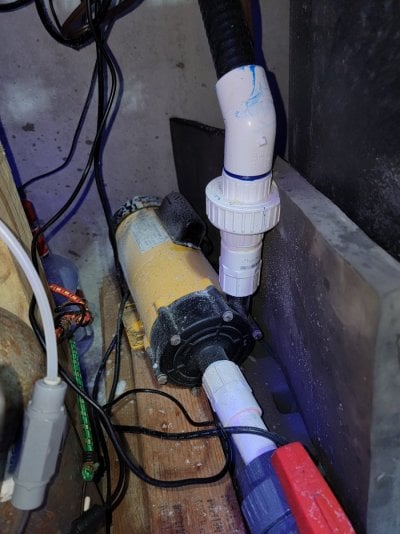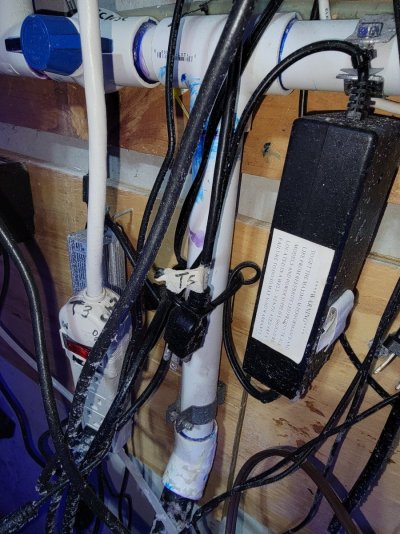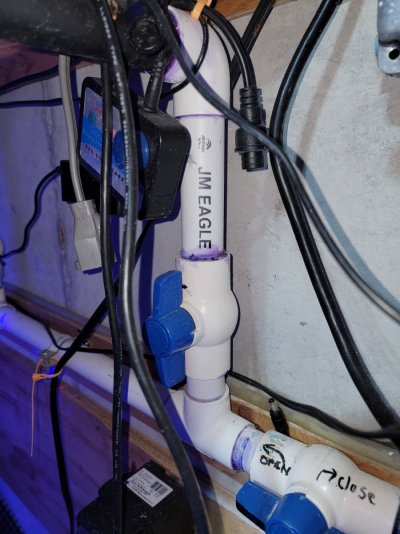- Joined
- Oct 2, 2017
- Messages
- 599
- Reaction score
- 77
Hello ,I have a question on stopping the backflow siphoning during a power outage I have an external pump that feeds into four outlets into the display tank. Each have locline turning in certain angles for flow regulation.
Everything works well until the power outage happens then the tank siphons enough water to go 6 inch below the rim so if the outage lasts for a long time the Stony corals get affected... On top shelf.
Can I use this to stop the back flow siphoning? Do they work well?
Link below...
Can I put them just above the main external pump? Thx... Last pic is one of the 4 arms feeding the DT.
So do I put the check valve in each of the four outlets or shall I put one check valve right above the main pump? Thx



Everything works well until the power outage happens then the tank siphons enough water to go 6 inch below the rim so if the outage lasts for a long time the Stony corals get affected... On top shelf.
Can I use this to stop the back flow siphoning? Do they work well?
Link below...
Can I put them just above the main external pump? Thx... Last pic is one of the 4 arms feeding the DT.
So do I put the check valve in each of the four outlets or shall I put one check valve right above the main pump? Thx























